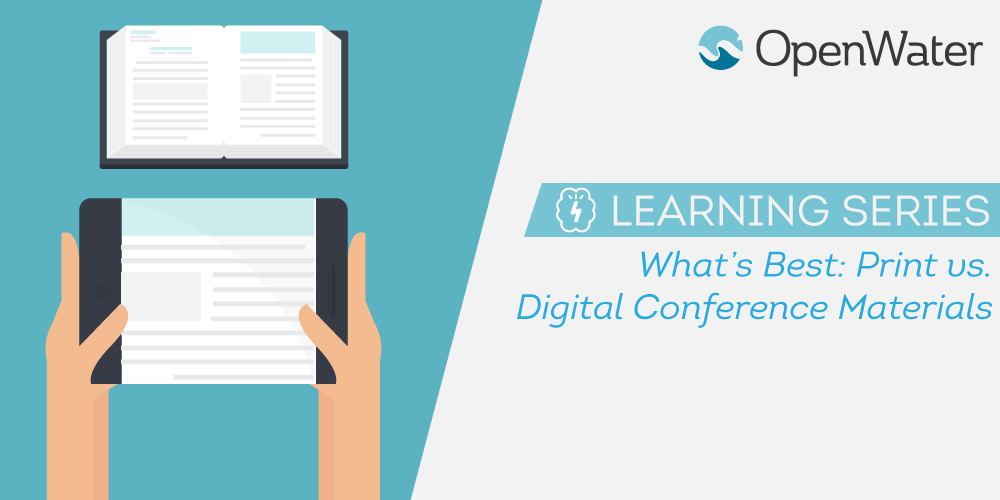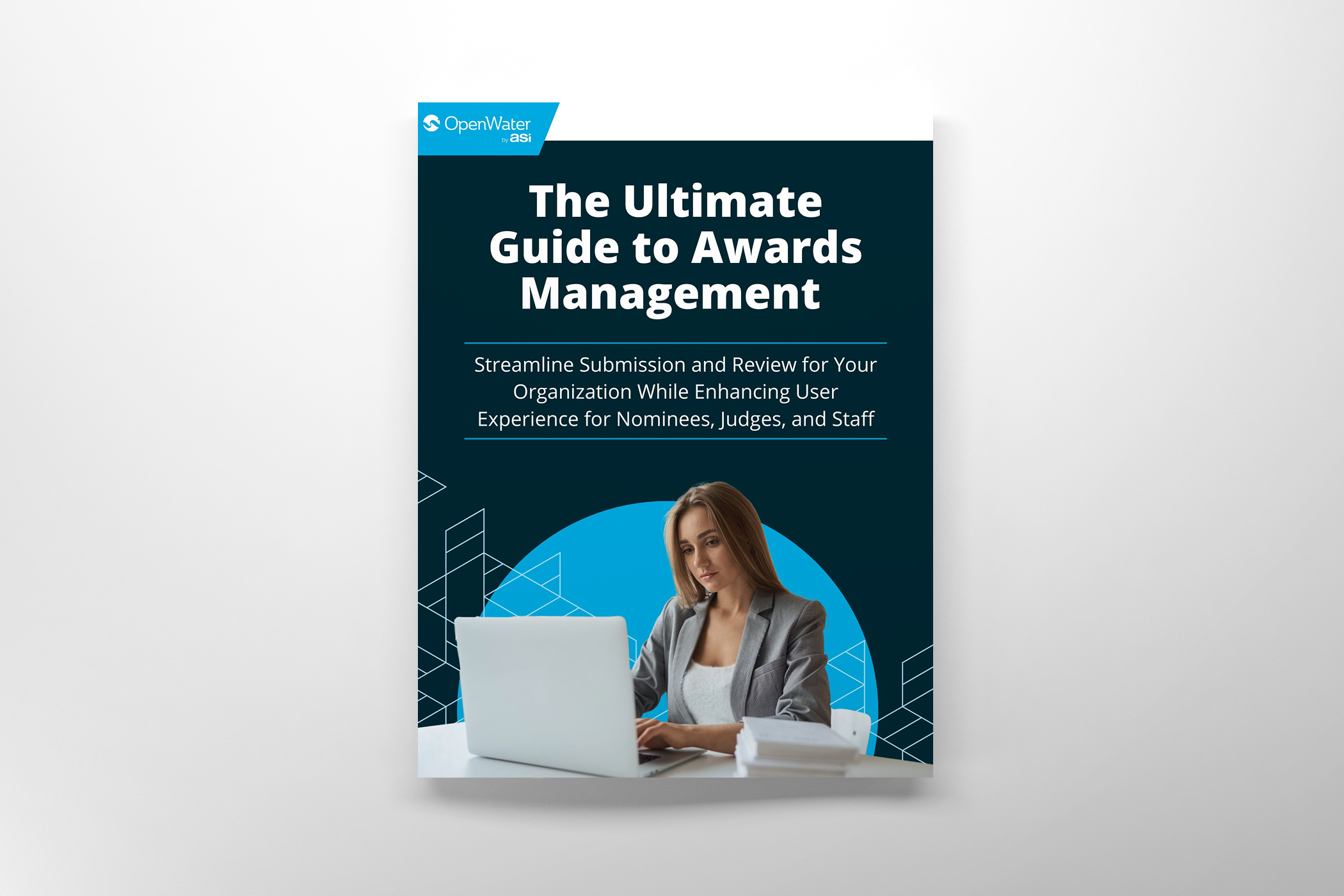
What’s Best: Print vs. Digital Conference Materials
Print or digital: This is the question that has executives scratching their heads. And, in the age where everything is seemingly digital, it can be difficult for executives to settle on one way or another.
So, why do you have to make up your mind and choose just one?
Too many executives look at conference materials as if they must be either all print or all digital. However, print retains certain benefits digital will never have whereas digital has the upper hand in certain areas as well. As such, it’s important that you don’t rely too heavily on either and instead, use both at your next conference.
Now for the all-important question: Why use both? To answer that, it’s best to begin with a simple discussion of the benefits and drawbacks of both options.
Benefits and Drawbacks of Print Conference Materials
Depending on your demographic, it’s important you consider print conference materials. As you might suspect, print conference materials are widely attractive to older audience members, but some younger members may appreciate the materials as well!
The drawbacks of print materials are obvious: They cost more to produce and can be quite bulky to coordinate and carry throughout the conference. Moreover, they can be difficult to organize, depending on the complexity of your conference.
Benefits and Drawbacks of Digital Conference Materials
Digital began to take over the conference scene in the early 2000s. Speakers relied on powerpoint presentations rather than written papers and digital files added depth and clarity to presentations. After the event, many organizations would publish the slideshow presentations or other supplementary materials for the benefit of attendees.
And yet, digital doesn’t have it all. In fact, digital presentations may be lacking for those who want something tangible at a conference to follow along. Even a brief conference handout can supplement a digital presentation, and for that reason, print materials shouldn’t be overlooked.
Balancing Print and Digital Conference Materials
Defining the right balance between print and digital conference materials can be tricky. However, learning how to supplement primarily digital presentations with handouts is the best way to engage your audience and appease all demographics present at your conference.
One idea that balances both print and digital is a hub for resources from the conference, such as a knowledge center. Knowledge centers allow you to organize content in one location that attendees can return to well after the conference is over. Most importantly, this can serve as an archive attendees can return to for years to come to see how your conference has evolved or to reference standout presentations for their own personal benefit.
Another idea is to turn conference presentations and digital materials into an eBook. Doing so allows users to download the publication and take notes or make other adjustments that suit their own preferences during the conference. And, if they want, they can print out materials to bring along.
There is no limit to how you can balance print and digital materials and as such, it’s important that you consider your audience and their needs to invest resources and time in what is most appealing to your attendees.
So, What’s Actually Best?
To put it simply, both are best. By using both print and digital materials at your next conference, you can be confident knowing that you’re appeasing all audience members while creating an enriching conference experience.
Now it’s up to you to decide: What’s the best way to balance print and digital materials for your audience?
